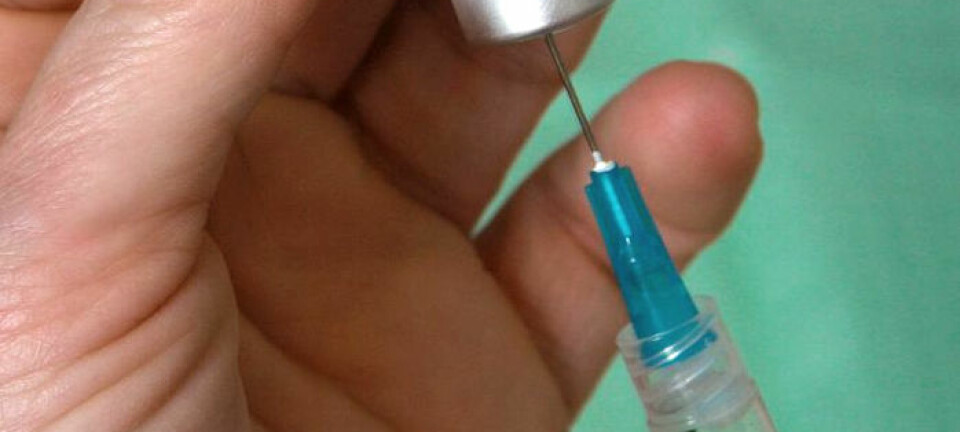
Edible vaccines can be grown everywhere
In the future, local farmers the world over could be growing broccoli, potatoes or lettuce that can protect against diseases such as rabies and dengue.
Denne artikkelen er over ti år gammel og kan inneholde utdatert informasjon.
Lots of vaccines protect against contagious viral diseases. But manufacturing them is time-consuming and costly. In the poorest countries most people lack the resources to buy vaccines that could save their lives.
These can be made much more accessible in the future according to senior researcher Jihong Liu Clarke of Norwegian research institute Bioforsk.
She says scientists all over the world are trying to make edible plants generate vaccines. Clarke is involved in research to develop such a vegetable vaccine against dengue.
Revealing bits of viruses
Simply put, a vaccine works by presenting characteristic segments of a virus or other harmful substances to the body’s immune system.

This part itself isn’t dangerous, but the body classifies it as a harmful intruder. The next time the immune system detects something similar – such as the entire virus – it’s ready to launch an immediate counterattack.
Thus the manufacture of vaccines pivots on methods for mass-producing injured viruses or proteins that resemble the characteristic bits of a virus.
Rapid growth
“Vaccines are traditionally produced industrially by cultivating bacteria or yeasts, or on cultured cell lines. Such pharmaceutical production is very costly,” explains Clarke.
But genetic technology has made it possible to get other living organisms to create the substances needed for various vaccines. For instance scientists can splice certain gene sequences into the genome of a plant and the plant cells start producing the intended antigen.
“Such plants can be very efficient. Tobacco plants that produce vaccines can mature three months after the seeds are sown,” she says.
The antigens then need to be isolated and mixed with other ingredients which make it possible, for instance, to inject the vaccine into the human body. The first vaccines produced through plants are just starting to hit the market.
Such production is simpler than traditional processes because the plants are easy to cultivate locally.
Yet it would be preferable if the plant material could be ingested directly.
Edible vaccines
“In principle, all vaccines could be made edible,” says the researcher.
This can be done through manipulation of food plants such as lettuce, spinach, broccoli and potatoes to make them create the specific antigens.
After these vegetables are harvested, the plant material is dried and ground into a thoroughly mixed powder. This ensures that all the powder from one crop consists of an equal amount of the active ingredients, even if the concentrations can vary from plant to plant.
The powder has to be tested to ascertain the quantities of vaccination material in each crop.
“But these tests can normally be made relatively easily by using standard procedures.”
Then the plant powder can be used to make tablets or capsules to be swallowed directly. This sort of cottage pharmaceutical production wouldn’t require large investments once the technique is established.
Taking time
“This can be done locally, for instance in Africa," she says. "You don’t need much more than a greenhouse and some seeds, so the cost overhead would be in a different ballpark.”
Clarke and her colleagues are hoping to develop such edible vaccines in lettuce to protect against dengue and uterine cancer, which are big killers in impoverished regions.
Elsewhere research teams are working on similar vaccines against rabies, various diarrhoea-causing diseases and hepatitis-B. But all these initiatives take time.
Once the plants are cultivated, the new vaccines must be tested thoroughly on animals and then on humans before they can be released for use.
“This research field is just 20 years old. I reckon another 10 to 15 years will pass before we have, for instance, an edible dengue vaccine on the market,” she says.
Not all vaccines can be made this way by plants. But those that can will eventually become key weapons in our arsenal against an array of diseases. Clarke points out that people in poor regions won’t be the only ones to gain from this research:
“When many are excluded from vaccinations, contagions spread. Eventually the bill has to be paid for by everyone on the planet. This is a responsibility we all need to consider.”
Translated by: Glenn Ostling


































